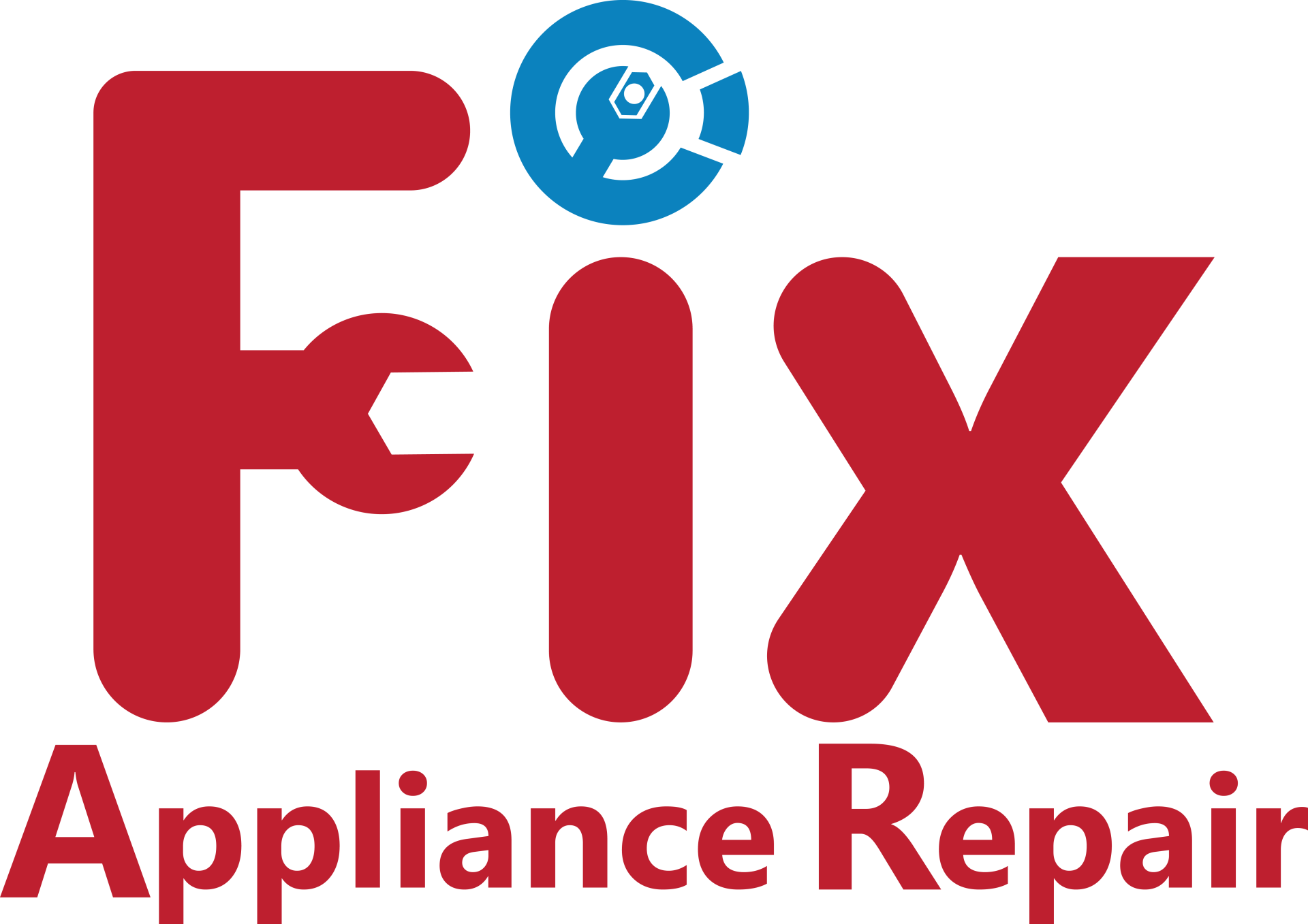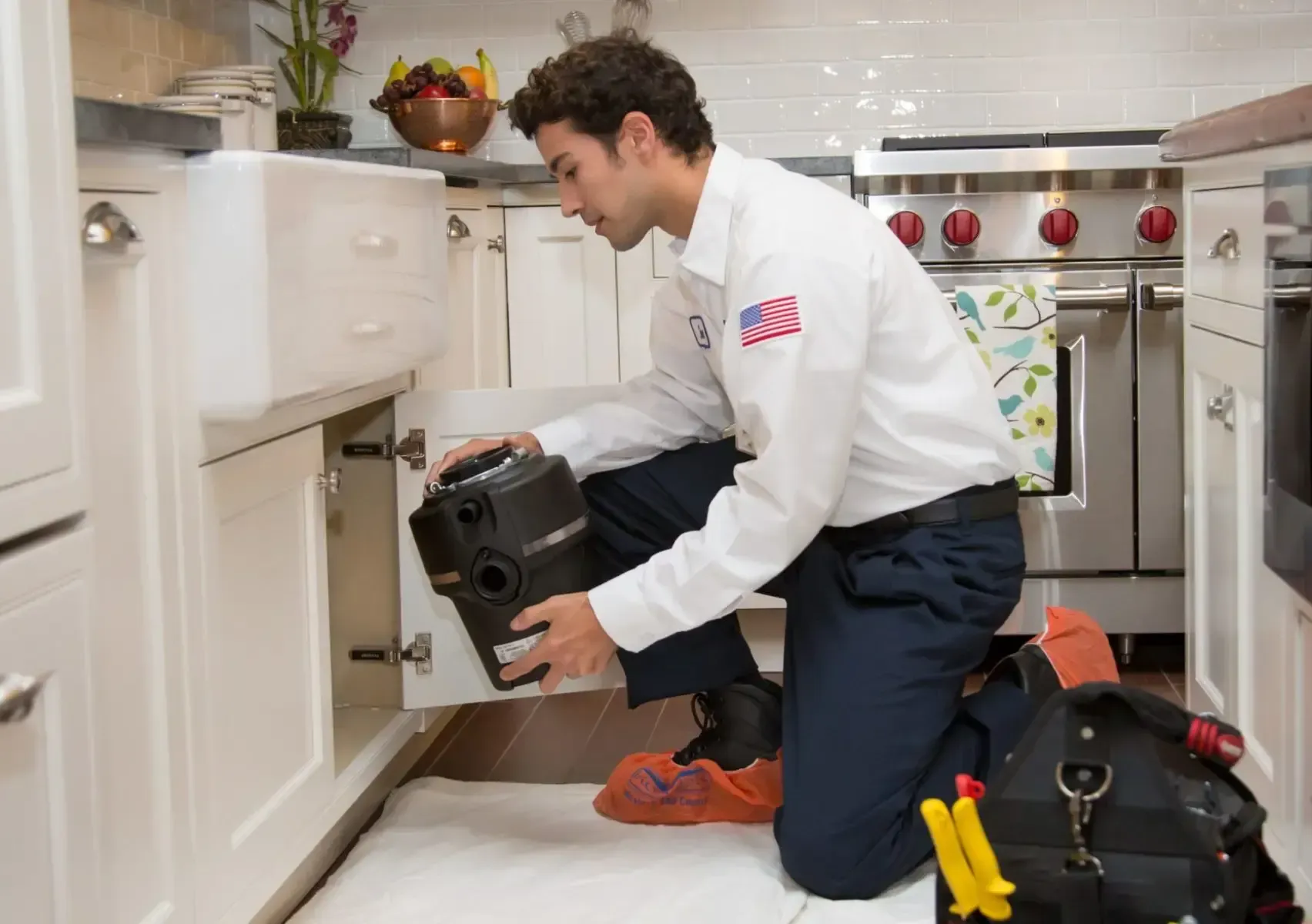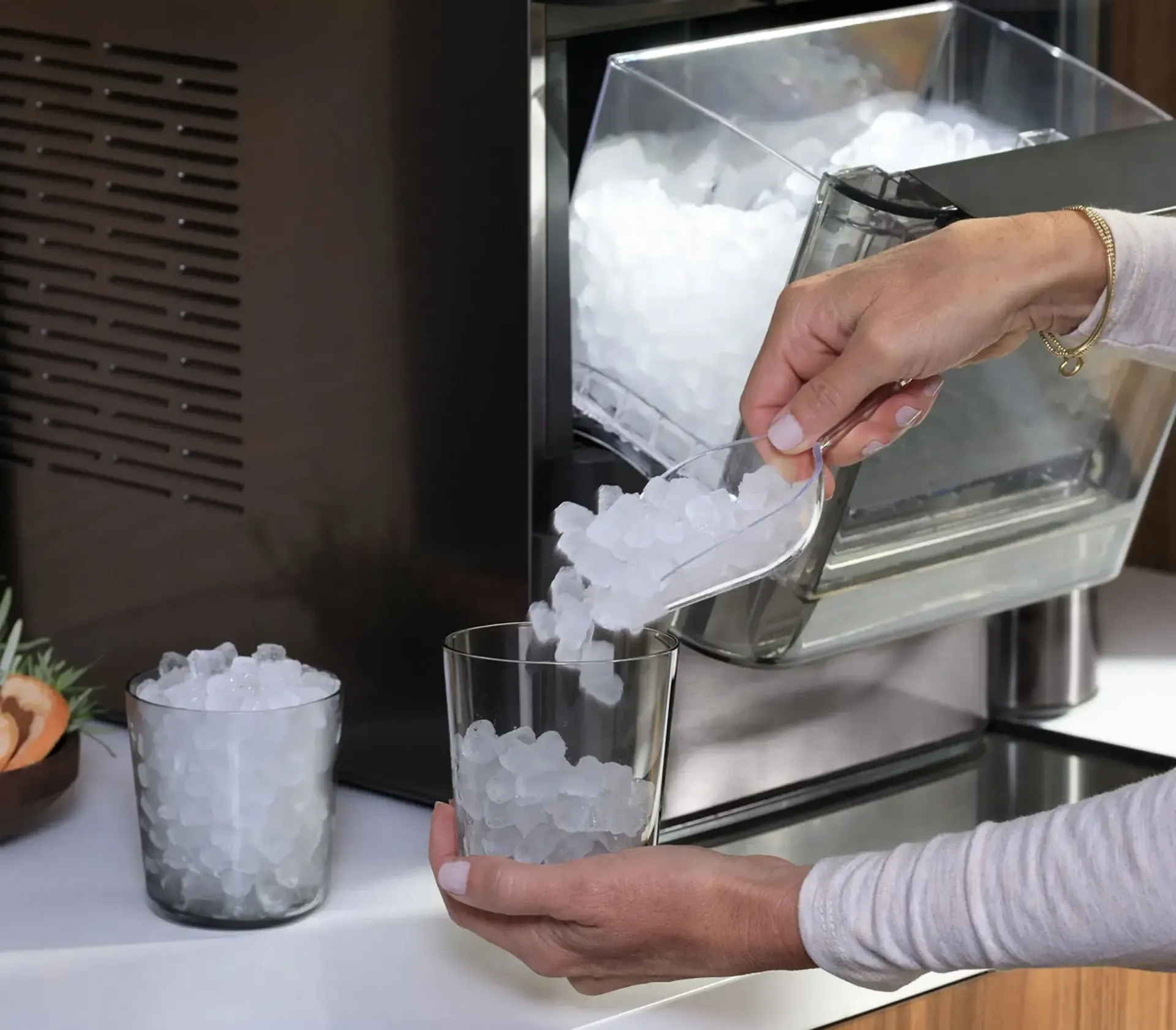When it comes to laundry day ease and efficiency, your dryer is a necessary item in your house. Nevertheless, problems that impair a dryer's functioning and effectiveness can arise with any equipment. There are several frequent issues that homeowners may run into with their dryers, ranging from overheating and lack of heat to unusual sounds and poor drying outcomes. Many problems can be fixed with easy do-it-yourself fixes, while some may need to be fixed by professionals. This post will discuss typical problems with dryers and offer do-it-yourself fixes that will give you confidence while troubleshooting and fixing your dryer.
Lack of Heat:
A typical issue with dryers is insufficient heat, which can cause garments to not dry completely and increase washing time. A broken heating element, an inoperative thermostat, or a clogged vent are just a few of the reasons why a dryer may cease emitting heat. Start by making sure the dryer is connected in and receiving electricity before attempting to diagnose the problem. The heating element should then be inspected for wear or damage and replaced as needed. In order to clear any lint or debris that could be impeding airflow and hindering adequate heat distribution, you should also clean the dryer vent and exhaust duct.
Overheating:
Overheating is a typical problem with dryers that may harm both the device and your clothing in addition to being a fire danger. A blocked lint trap, a broken thermostat, or insufficient ventilation are just a few of the causes of overheating. Cleaning the exhaust duct and lint trap will help prevent overheating by getting rid of any lint or debris that could be obstructing airflow. If the thermostat needs to be replaced, inspect it for indications of wear and tear. Make sure the dryer is situated in an area with enough ventilation and enough room surrounding it to facilitate appropriate airflow and ventilation.
Strange Noises:
If your dryer is producing odd noises, such rattling, screeching, or banging, there could be a mechanical part problem that has to be addressed. Strange noises coming from a dryer are frequently caused by worn or damaged belts, bearings, or drum rollers, as well as loose or broken parts. Start by looking for wear or damage on the belt, bearings, and drum rollers and replacing them if needed in order to troubleshoot odd noises. Reduce friction and noise by lubricating moving components with a silicone-based lubricant and tightening any loose screws or bolts. Refer to the dryer's user handbook or get expert repair help if the noise continues.
Poor Drying Results:
If your clothes are coming out of the dryer wrinkly or damp, it might be a sign of a defective moisture sensor or insufficient airflow that is causing poor drying outcomes. Start by cleaning the exhaust duct and lint trap to get rid of any lint or debris that could be blocking airflow in order to enhance drying outcomes. Make sure the dryer is not overstuffed with clothing, since this might obstruct airflow and hinder the drying process. If the dryer includes a moisture sensor, wipe it off with a gentle cloth and look for any indications of wear and tear or malfunction. To guarantee consistent drying, furthermore make sure the dryer is level and well balanced.
Drum Not Turning:
A problem with the drive belt, motor, or drum rollers may be indicated if the dryer drum is not spinning or rotating properly. Unplug the dryer and look for wear or damage on the drive belt as the first steps in troubleshooting a non-turning drum. Follow the manufacturer's directions to replace the belt if it is damaged or loose. Check the drum rollers and motor for wear or damage, and replace them as needed. To further prevent the dryer from overstressing the motor and breaking down, make sure the dryer is level and that there aren't too many clothing in the drum.
DIY Solutions:
- To enhance dryer efficiency and avoid airflow blockages, clean the exhaust duct and lint trap on a regular basis.
- Drive belts, drum rollers, thermostats, and heating elements are examples of worn-out or damaged parts that should be replaced as necessary.
- Make sure there is enough room surrounding the dryer for adequate circulation and ventilation, and that the dryer is situated in an area with good ventilation.
- To clean the dryer's interior, drum, and door seals of lint and dirt, use a soft brush or vacuum attachment.
- To make sure it is getting electricity and hasn't tripped, check the dryer's power supply and circuit breaker.
- To guarantee stability and optimal performance, level the dryer and adjust the feet or leveling legs as necessary.
Appliance Running Smoothly
Finally, taking care of frequent dryer problems and doing do-it-yourself repairs can assist homeowners in keeping their machines operating at peak efficiency. Homeowners may find the source of a problem and apply workable remedies by analyzing problems including low heat, overheating, odd noises, poor drying outcomes, and non-turning drum. Frequent maintenance may help avoid dryer problems and extend the appliance's lifespan. Examples of these duties include cleaning the lint trap and exhaust duct, repairing worn-out parts, making sure sufficient ventilation is provided, and monitoring the power supply. With these do-it-yourself dryer repair tips, homeowners can confidently take on common issues and maintain the smooth operation of their dryers for many years to come.



